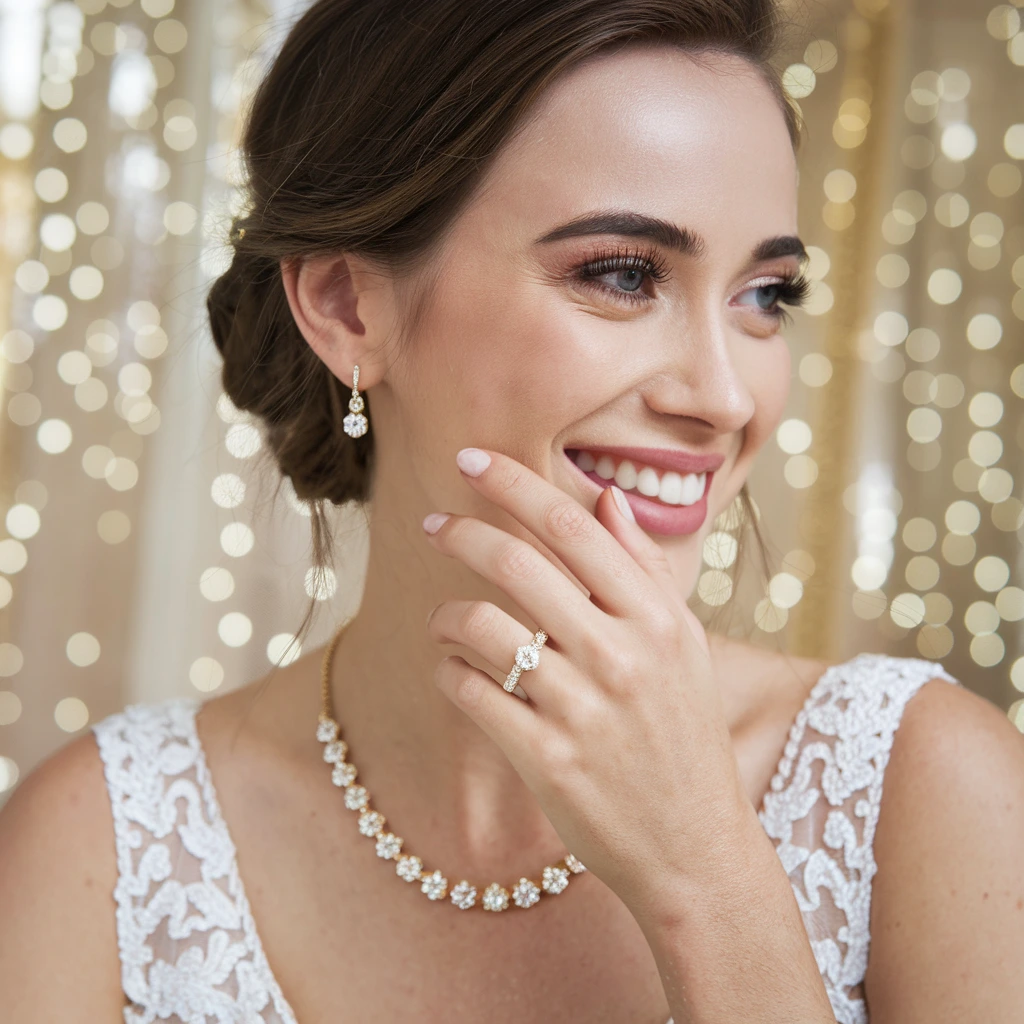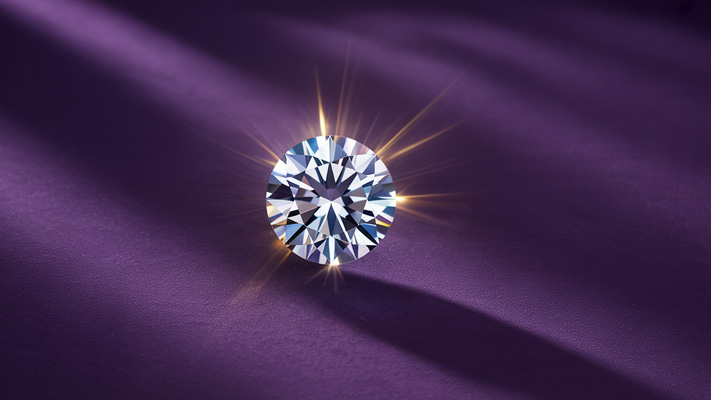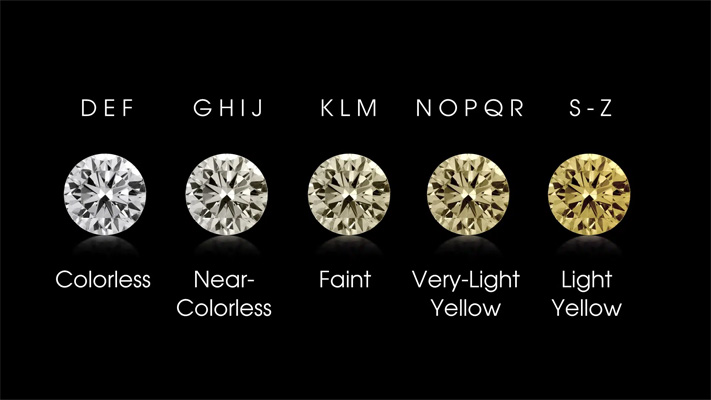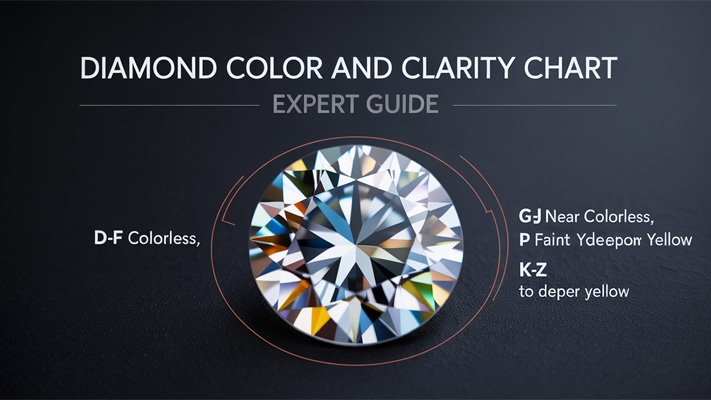¿Necesitas orientación experta?
Ya sea que estés eligiendo el diamante perfecto, diseñando una pieza personalizada o aprendiendo a cuidar tus joyas, nuestros expertos están aquí para ayudarte. Obtén asesoramiento personalizado para tomar decisiones informadas y seguras.














